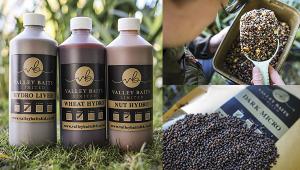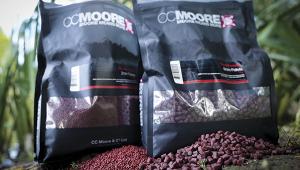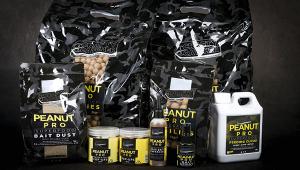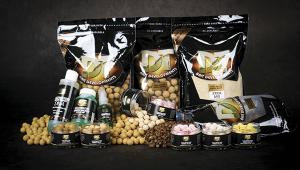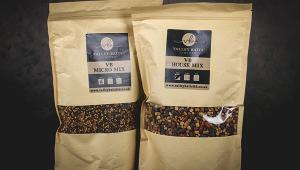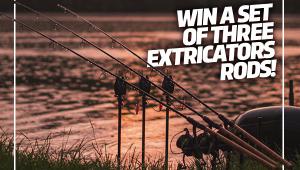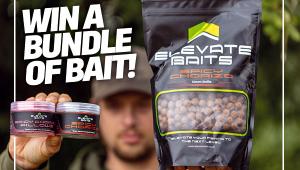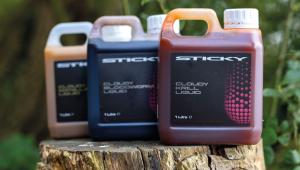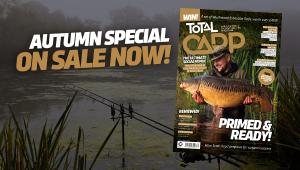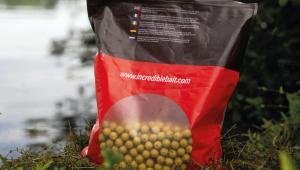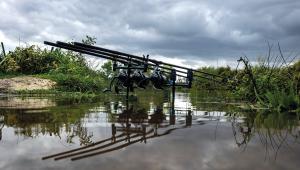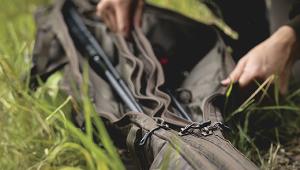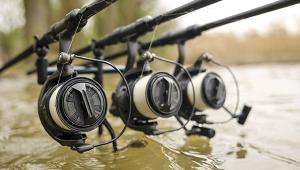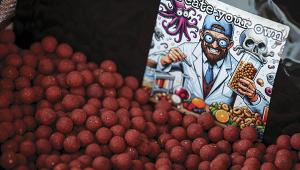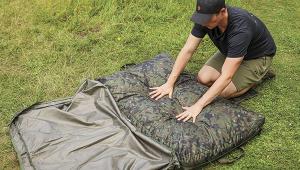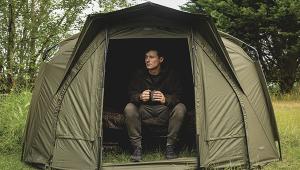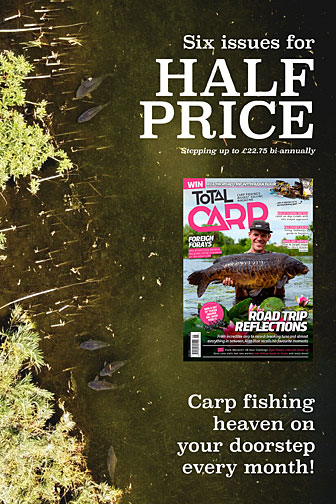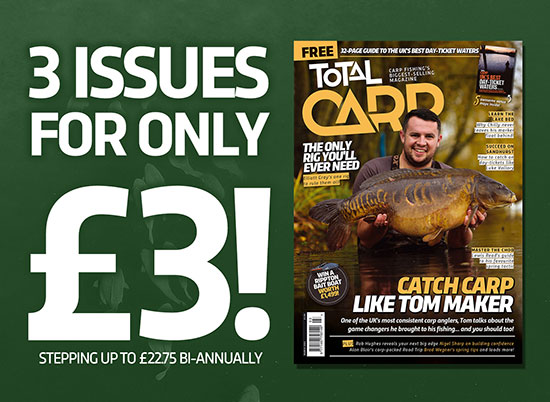Baiting Approach And Tactics For Carp Fishing In France
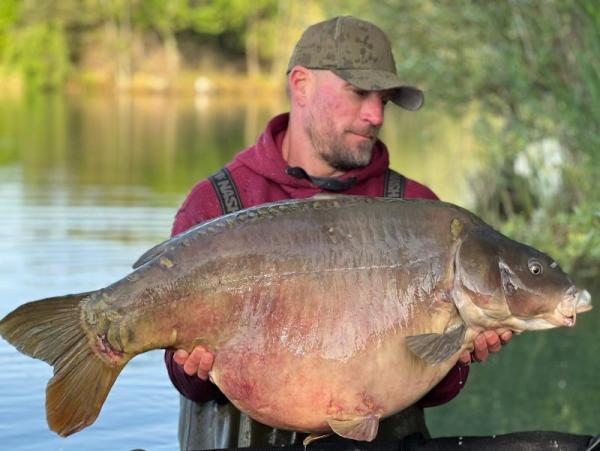
Planning a week-long carp fishing trip to France? One of the most common questions anglers ask is: “How much bait should I take?” The go-to advice is often: “Take more than you think you’ll need,” and while that’s not wrong, it doesn’t exactly help when you’re trying to pack sensibly.
The reality is, there’s no ‘one size fits’ all answer. How much bait you’ll use depends on a range of factors, but by understanding those variables, you can make a much more informed decision.
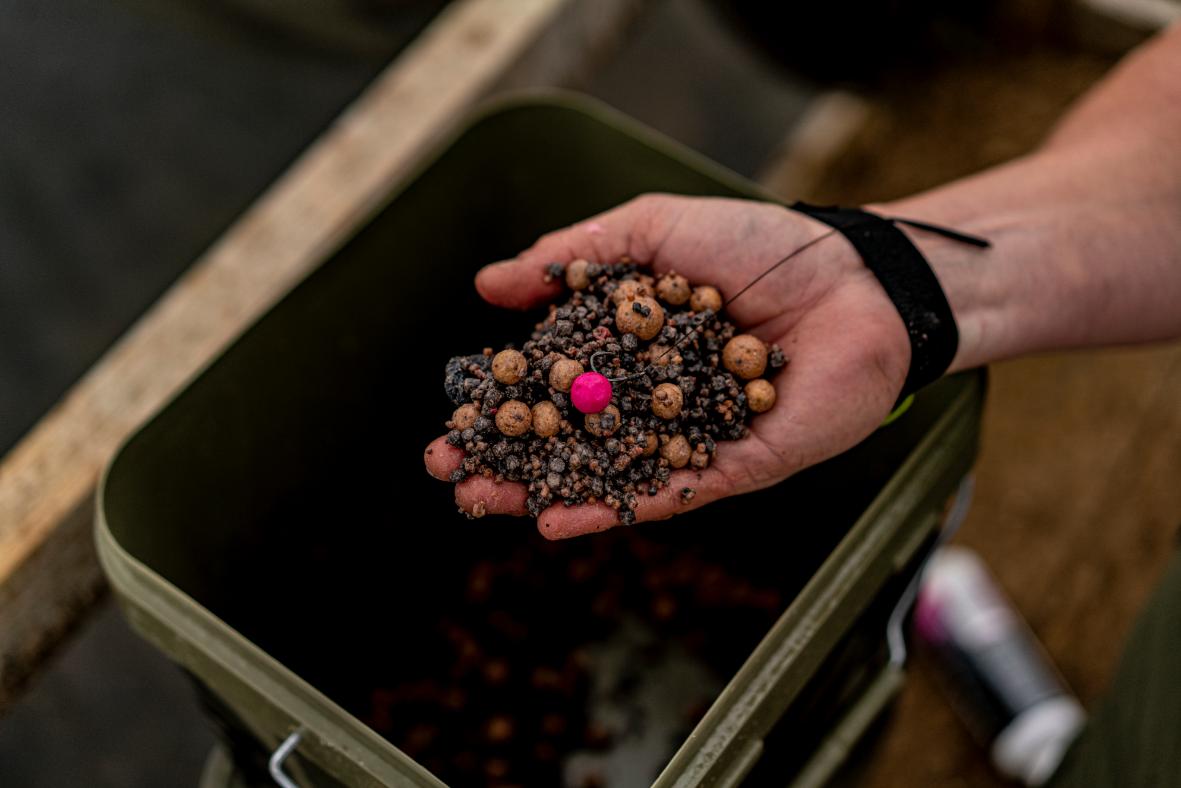
Key Factors That Affect Bait Usage
1. TIME OF YEAR
Winter (November To March)
Fishing in France during the winter months is becoming increasingly popular. Many commercial venues, such as those listed by websites like DreamCarp Holidays, offer hefty discounts for anglers booking during this time, as it falls outside the peak season of April to October. In addition, you can usually book shorter sessions rather than a full week.
If you’re heading further south, the weather can be surprisingly mild compared to the UK, often staying fishable well into December and picking up again by early March. Combine that with well-stocked lakes that perform in winter, and it becomes a very appealing option.
For winter trips, November to early December and again in March tend to offer the best conditions if you can choose your dates.
Carp are cold-blooded creatures and their activity slows significantly in cold water. With increasingly unpredictable weather in recent years, from heatwaves to cold snaps, carp behaviour can vary dramatically. Flexibility in your baiting strategy is key, as their feeding habits are closely tied to conditions.
By late November and into December, water temperatures will have dropped, so it’s best to begin with a light baiting approach. A few Spombs, for example, to gauge fish activity before increasing your feed. If the weather remains mild, especially on well-stocked lakes with competitive feeding, make sure you have enough bait in reserve in case the action picks up.
Once temperatures drop to single digits, the carp’s feeding response declines sharply as their metabolism slows. At that point, you won’t need much bait at all. Small, high attraction hook baits like singles often outperform a bed of feed.
Lake depth is another important factor. Deeper venues hold warmth longer, making them better early winter options. In contrast, shallow lakes cool quickly as air temperatures fall. The opposite applies come March. Shallower lakes warm up faster, waking carp from their winter slumber. Bright, high-attract singles or small, easily digestible offerings are usually your best bet early in the season.
Spring (Pre Spawning)
April and May are very popular times to make the cross-Channel trip to France. The carp are usually active and at top weights as they’ve not yet spawned.
As in March, start with a few handfuls of bait around your hook bait or try bright singles to draw attention. Vary your tactics across the rods and let the fish behaviour guide your approach. One bite could be a curious fish. Several quick bites might signal that it’s time to start Spombing in measured quantities.
As things warm up in spring, the whole lake system becomes more active, including natural hatches. If venue rules allow, bringing your zig gear is a smart move. Don’t limit yourself to bottom tactics if the fish are up in the water.
Post Spawning (Late Spring To Early Summer)
After spawning, usually late May to early June, carp often go on a serious feed to replenish energy and nutrients. This is when having a good stock of bait pays off. Think boilies, pellets, particles and seeds. Fish are hungry, and bait application can be more confident.
Be cautious with your initial baiting unless you’ve had solid advice from the bailiff. On commercial waters, other anglers likely fished the week before you, so there’s no telling how much bait is already down.
Start with around seven to 10 Spombs per rod and then adjust the amount depending on the results. Ensure you have plenty of bait with you. At this time of year, a single angler can easily get through 50kg during a productive week on a well-stocked venue.
Summer (July To August)
Hot, high-pressure summer days can be challenging, especially on clear, weedy waters, but that doesn’t mean the fish won’t feed. Some lakes switch on in summer, especially in the mornings or during pressure changes. Be prepared for mixed results and tailor your baiting strategy to what you’re seeing.
Despite the common myth, French carp will take surface baits, especially on warm, sunny days. When you see them basking, try feeding floaters to spark a response. Surface fishing is seriously underrated in France and can lead to some thrilling action.
Autumn (September To October)
This is prime time. The carp are reaching their top weights and looking in pristine condition. With cooler, more stable conditions and carp preparing for winter, they often feed heavily.
Don’t go heavy from the start, but make sure you’re well stocked. The average French carp is bigger than those in the UK, and large fish can eat a lot. Boilie fishing works well in autumn and is a rewarding way to target big fish.
On venues dominated by bait boats and tight baiting, try spreading your bait wider. Pressured carp often wise up to predictable patterns, so doing things differently can pay off.
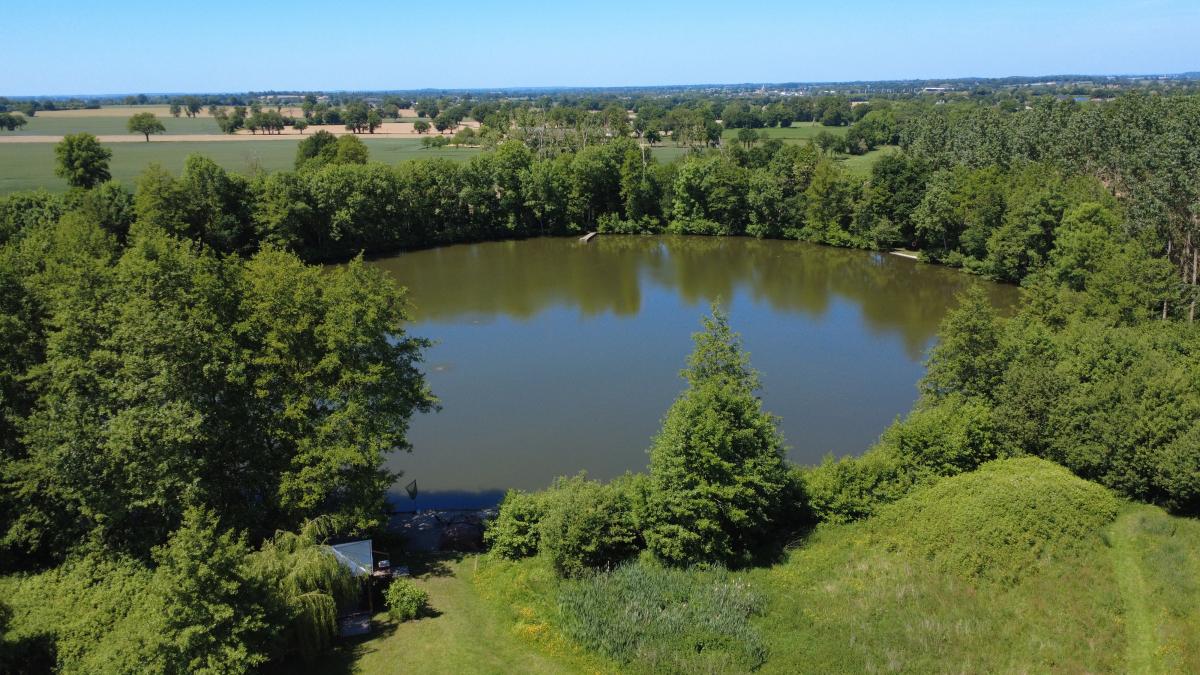
2. FISHERY TYPE
Commercial Lakes
Venues listed with companies like DreamCarp Holidays often have high stocking densities. That means more competition, faster feeding, and a greater need for bait. That said, not all commercial lakes are created equal. Runs waters typically hold more fish per acre than big-fish waters.
You also need to factor in the lake’s natural food levels. A water rich in naturals may require less bait than a lake where carp have come to rely on anglers’ bait.
Your best source of information? The lake owner or bailiff. They know the water better than anyone and their advice should always be taken seriously.
Public Lakes
These usually hold fewer carp per acre, but don’t be fooled into thinking you’ll need less bait. Carp on public lakes are often nomadic, and when you find them they can clear you out fast. With less angling pressure, baited areas can really stand out and provoke a strong feeding response.
But there are added challenges. Public lakes often have mystery stocks, unknown depths and few local insights. Information is scarce. Many anglers prefer to keep hard-earned knowledge to themselves. That’s part of the appeal for some – the sense of adventure and the unknown.
For these waters, come prepared. Bring a wide range of bait options. Not just boilies but also particles, pellets, and a variety of hook baits. You’ll also need to be ready for potential nuisances like crayfish and smaller species that can quickly whittle down your bait.

So, How Much Bait Should You Take?
For a week-long session, 30 to 100kg of bait is a sensible range. Yes, that’s a big spread, but your decision should be based on:
● Time of year
● Type of water (public or commercial)
● Stocking density
● Water conditions
● The lake’s natural food sources
● Advice from the bailiff or other anglers who have fished the lake
The Bottom Line?
Think ahead, plan smart, and don’t skimp on bait if you suspect you’ll need it. You can’t catch fish that aren’t feeding, and you can’t feed fish if you run out of bait.
- Log in or register to post comments
LATEST VIDEO
Subscriber Area

